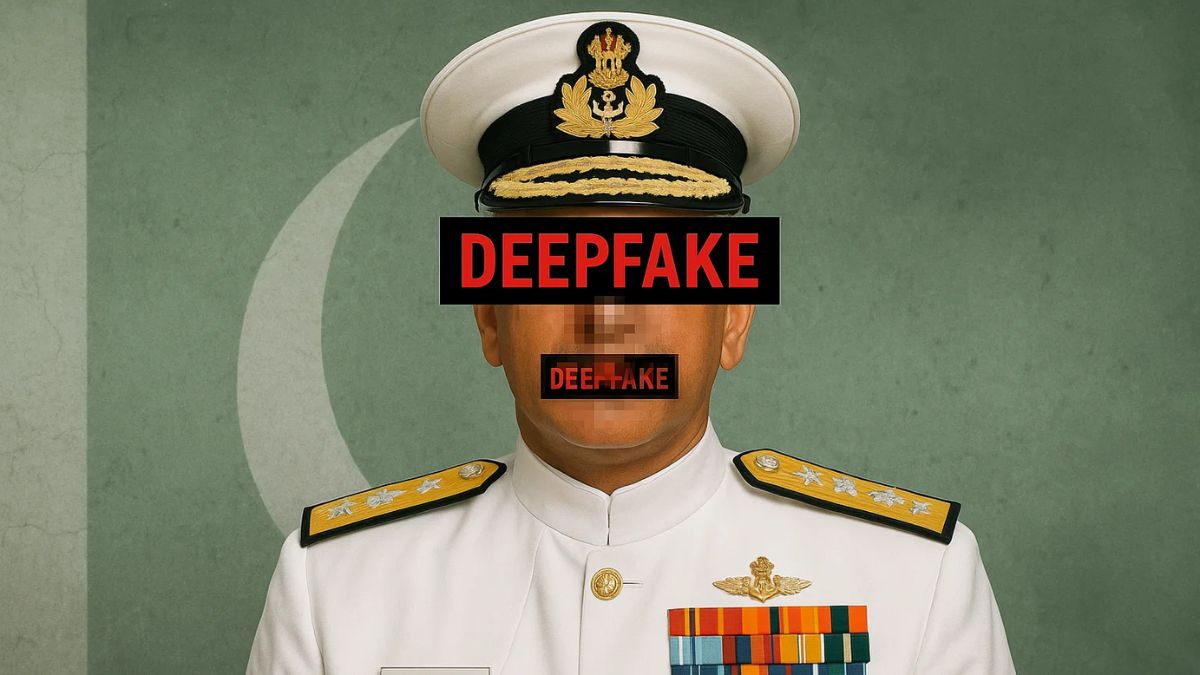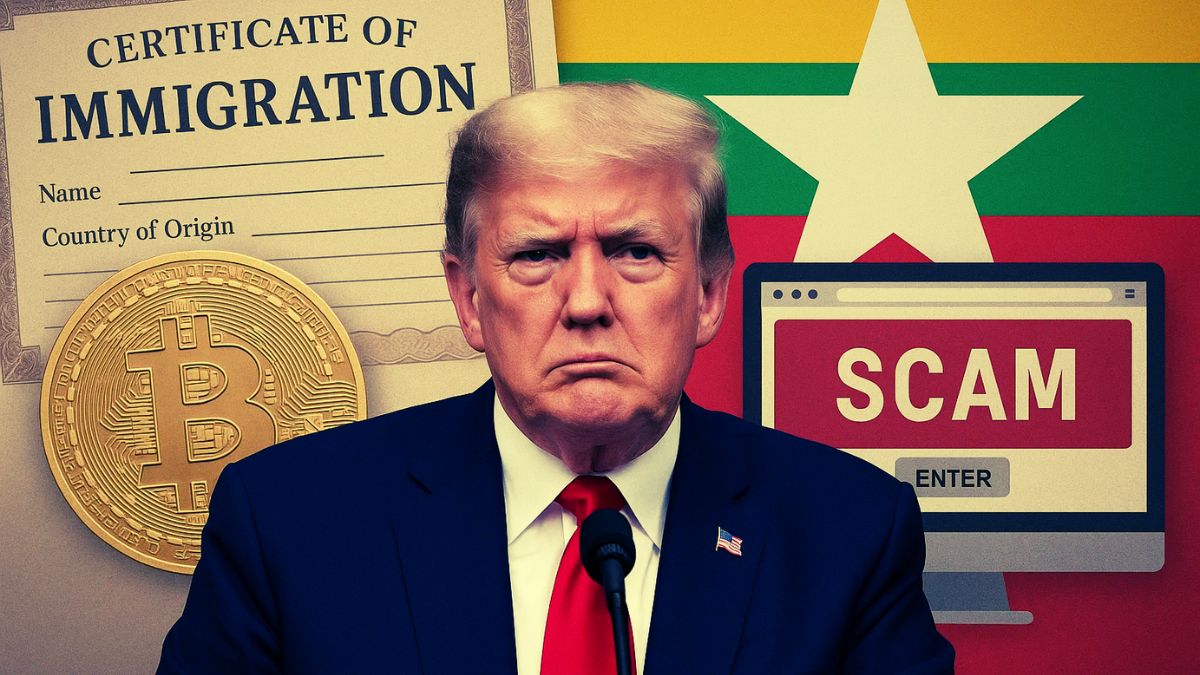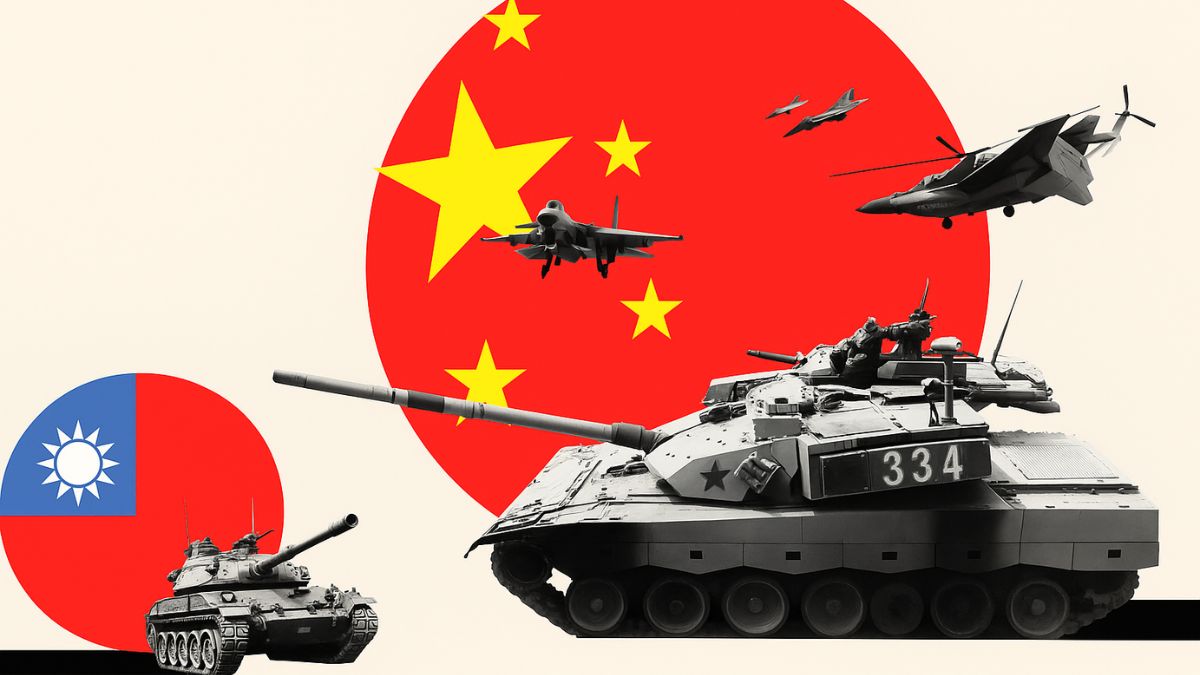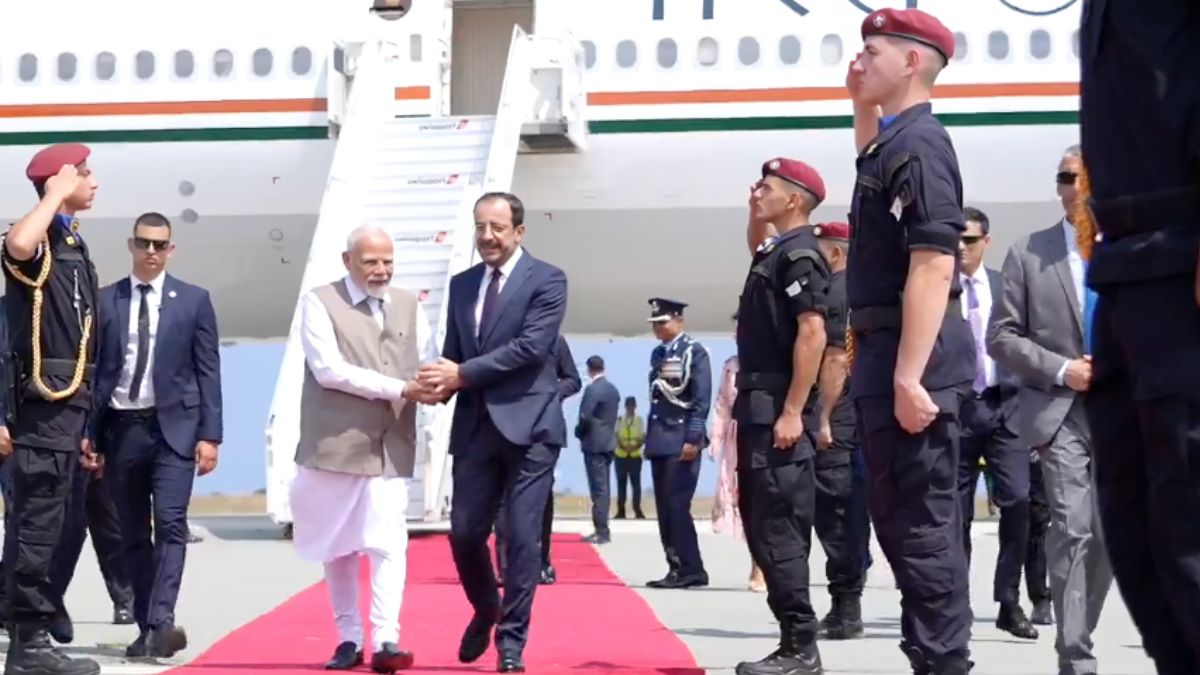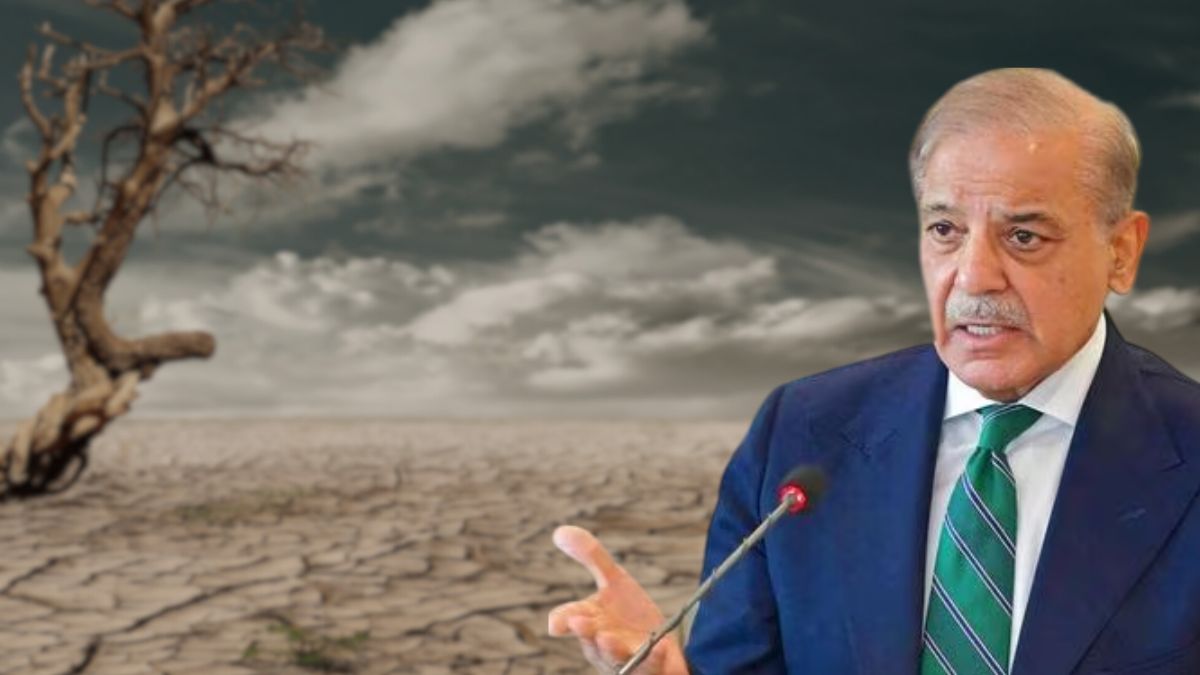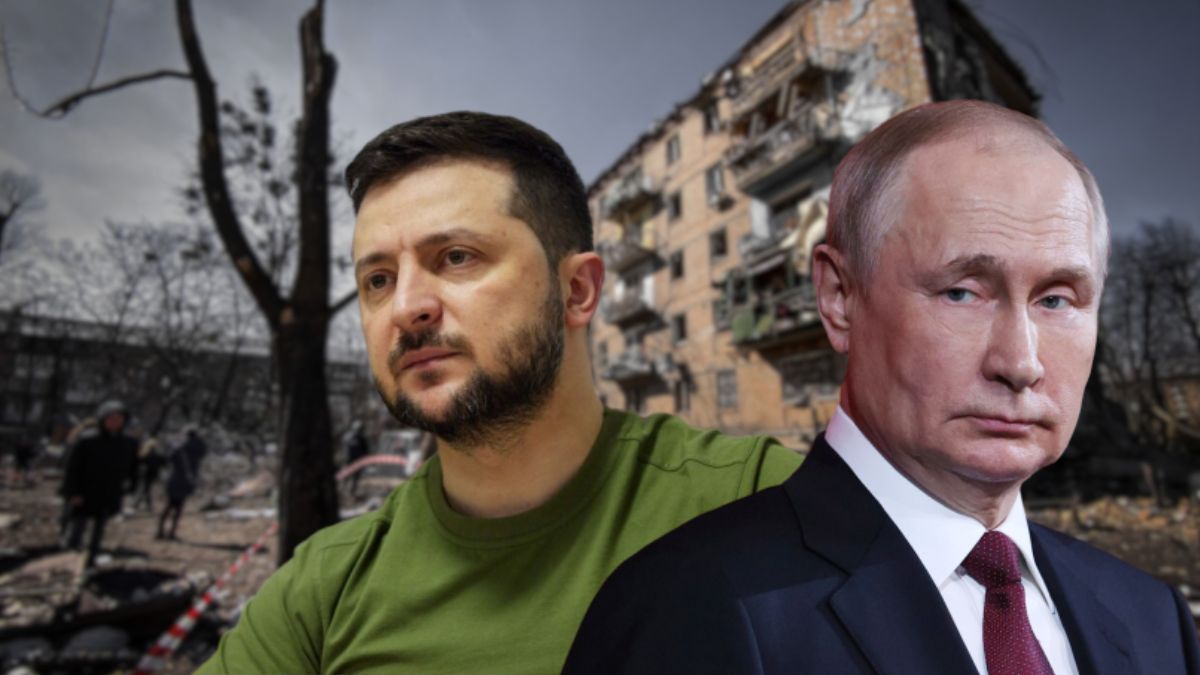Taiwan’s President William Lai Pledges To Accelerate “T-Dome” Air Defence Amid Rising Chinese Military Threats
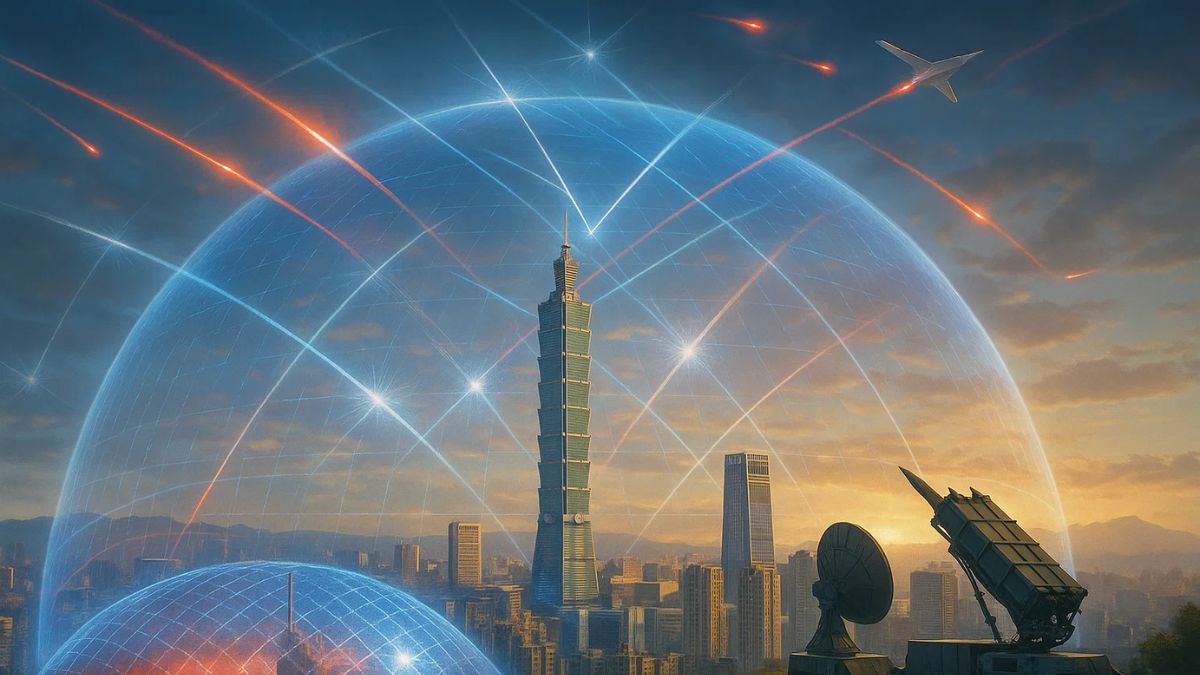
Taiwan, facing growing threats from China, is accelerating the development of the T-Dome air defence system. Image courteys: AI-generated picture via Sora.
Taiwan’s President William Lai Ching-te on Friday (October 10, 2025) announced an accelerated plan to build a comprehensive “T-Dome” air defence system, pledging to enhance the island’s detection and interception capabilities in the face of mounting military pressure from China.
The announcement came during his National Day address, where Lai also reaffirmed his government’s commitment to increasing defence spending and strengthening domestic defence industries.
What did Taiwan’s President say?
“The increase in defence spending has a purpose; it is a clear necessity to counter enemy threats and a driving force for developing our defence industries,” Lai said, drawing applause from the crowd.
He outlined that the T-Dome would establish a multi-layered air defence system combining high-level detection with effective interception technologies, creating what he described as a “safety net for Taiwan” to protect its citizens and critical assets.
What is the T-Dome?
The “T-Dome” concept, named to mirror the protective dome imagery of advanced air defence networks like Israel’s “Iron Dome,” signifies Taipei’s push towards self-reliance in national security.
The system will integrate Taiwan’s indigenous Sky Bow missile systems with the US-made Patriot surface-to-air missiles, creating a comprehensive shield capable of countering ballistic missiles, drones, and aircraft incursions.
How is Taiwan planning to hike defence spending?
Lai also announced a significant increase in defence expenditure, promising to raise Taiwan’s defence budget to over 3 percent of its Gross Domestic Product (GDP) immediately, with a target of reaching 5 percent by 2030.
The move is seen as part of Taiwan’s broader strategy to deter Chinese aggression while fostering the growth of its domestic defence manufacturing ecosystem.
What are Taiwan’s immediate threats?
Taiwan, a self-governing island of 23 million people, has faced escalating military intimidation from Beijing, which claims it as part of its territory and has not ruled out the use of force to bring it under its control.
In recent years, China has intensified its military activities near Taiwan, frequently sending fighter jets, bombers, and naval vessels into the island’s Air Defence Identification Zone (ADIZ).
How does democratic Taiwan differ from authoritarian China?
In his address, Lai sought to draw a contrast between democratic Taiwan and authoritarian China, describing Taiwan as a “hub of peace and stability” in the Asia-Pacific region.
“Democratic Taiwan will strive to maintain the status quo, protect peace and stability in the Taiwan Strait, and promote regional prosperity and development,” he declared.
What is the geopolitical fallout of Taiwan’s decisions?
The geopolitical implications of Lai’s announcement are significant. Taiwan’s push to expand its defensive capabilities coincides with growing US and allied support for the island’s security.
Washington has continued to supply Taiwan with advanced military equipment and training under the Taiwan Relations Act, despite Beijing’s strong objections.
How does T-Dome help Taiwan?
Analysts view the T-Dome initiative as a direct response to China’s modernisation of its missile and drone capabilities, as well as an assertion of Taiwan’s determination to safeguard its sovereignty.
As tensions continue to rise in the Taiwan Strait, Lai’s pledge signals Taipei’s intent to fortify its defences, not only through international partnerships but through a robust, self-reliant defence infrastructure.

